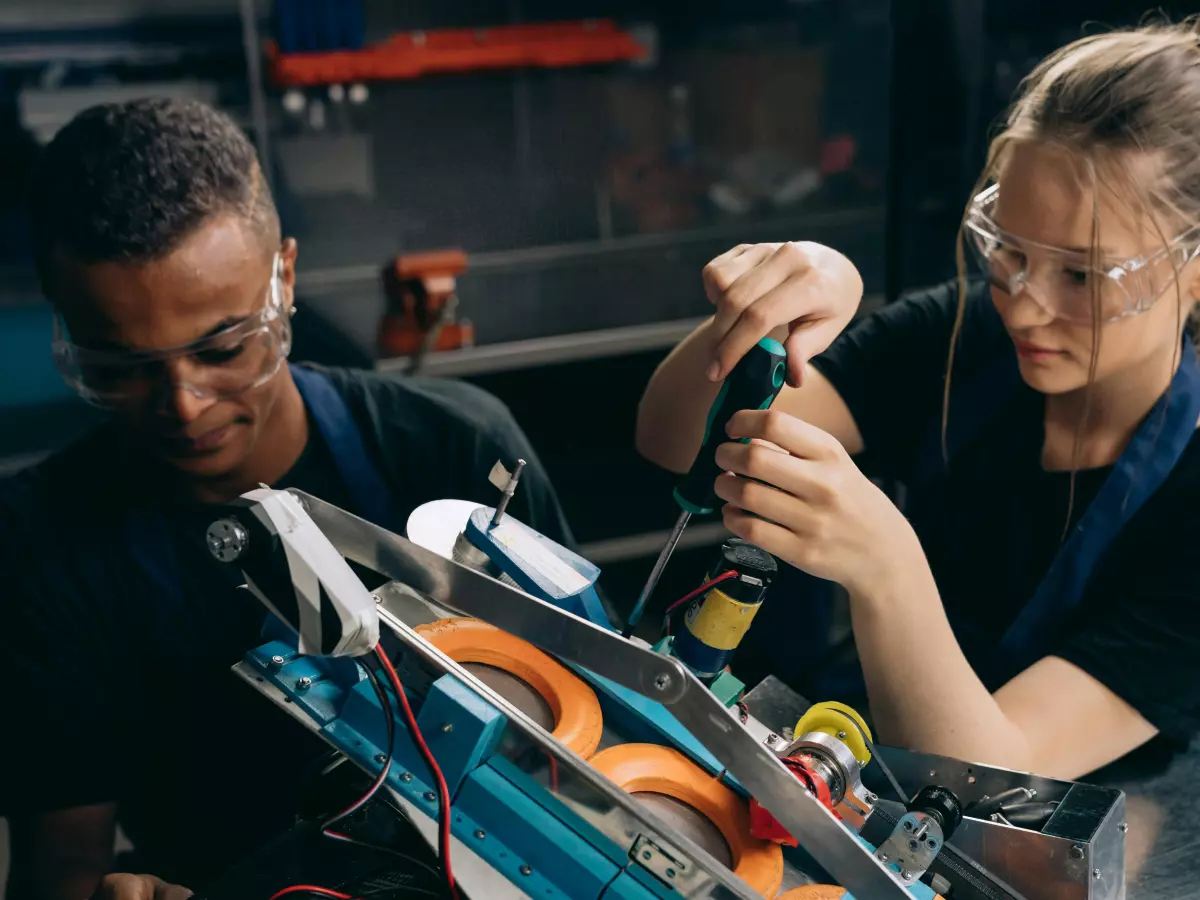Lunar Connectivity
“Space exploration is a force of nature unto itself that no other force in society can rival.” – Neil deGrasse Tyson

By Sarah Kim
NASA’s latest move to establish a communications network around the moon is more than just a cool tech project—it’s a game-changer for the future of space exploration. And no, we’re not just talking about better Wi-Fi for astronauts. This is about laying the groundwork for a full-blown lunar economy, and it’s happening faster than you think.
The space agency has tapped Intuitive Machines to build a five-satellite communications and navigation network around the moon, a contract that could be worth up to $4.82 billion. The goal? To enable constant connectivity with the moon’s south pole, where traffic is expected to pick up as NASA’s Artemis missions ramp up. Think of it as the moon’s very own internet, but with a lot more at stake than your Netflix buffering.
Why the Moon Needs Its Own Network
Alright, let’s break it down. Why does the moon need its own communications network? Well, as NASA and other space agencies (we see you, India, China, and South Korea) send more landers, rovers, and eventually humans to the moon, the need for reliable, constant communication becomes critical. You can’t exactly rely on Earth-based systems when you’re 238,855 miles away, and the moon’s rugged terrain makes it even trickier.
Enter Intuitive Machines. They’re not just building satellites; they’re creating a system that will allow for seamless data transmission and navigation services. According to Fast Company, the company will sell “minutes” on the network, much like a mobile phone plan. NASA will buy about a million minutes a year for data transmission and navigation. So yeah, the moon is getting its own version of Verizon, but with way cooler tech.
Building the Skeleton of a Lunar Economy
But here’s where things get really interesting. This isn’t just about communication—it’s about infrastructure. Intuitive Machines’ CEO, Steve Altemus, has big plans. With this contract, plus a recent award to develop a lunar terrain vehicle, the company is positioning itself as a key player in what Altemus calls the “skeleton of a lunar economy.”
Think about it: Once you have reliable communication, transportation, and data services on the moon, you’ve got the foundation for a whole new economy. Companies could start mining lunar resources, setting up research stations, or even building lunar habitats. And all of this would require the kind of infrastructure that Intuitive Machines is now building.
Space Traffic Jam?
Of course, with more activity comes more challenges. Right now, there are only six orbiters around the moon, but that number is expected to increase dramatically in the coming years. And while space might seem infinite, lunar orbit is starting to get a little crowded. According to Fast Company, South Korea’s orbiter has already been involved in 40 conjunction warnings since arriving in 2022. Yeah, space traffic jams are a real thing.
Altemus acknowledges this, saying, “We’re certainly going to have to think about, as it gets more crowded up there, how are we managing the traffic model around the moon?” It’s a good problem to have, though. After all, more traffic means more activity, and more activity means we’re one step closer to making the moon a bustling hub of human and robotic exploration.
The Future of Lunar Exploration
So, what’s next? Well, Intuitive Machines is already planning to launch its first spacecraft next year, with more to follow in 2027. And they’re not stopping there. The company is also bidding on contracts to provide communications beyond the moon, which could eventually lead to a network that spans the entire solar system. Yeah, we’re talking interplanetary internet here.
In the near future, we could see a moon that’s not just a destination for astronauts, but a place where businesses operate, resources are mined, and data flows as freely as it does on Earth. And it all starts with this lunar communications network.
So, the next time you’re frustrated with your slow internet connection, just remember: NASA’s working on a solution. It just happens to be 238,855 miles away.





